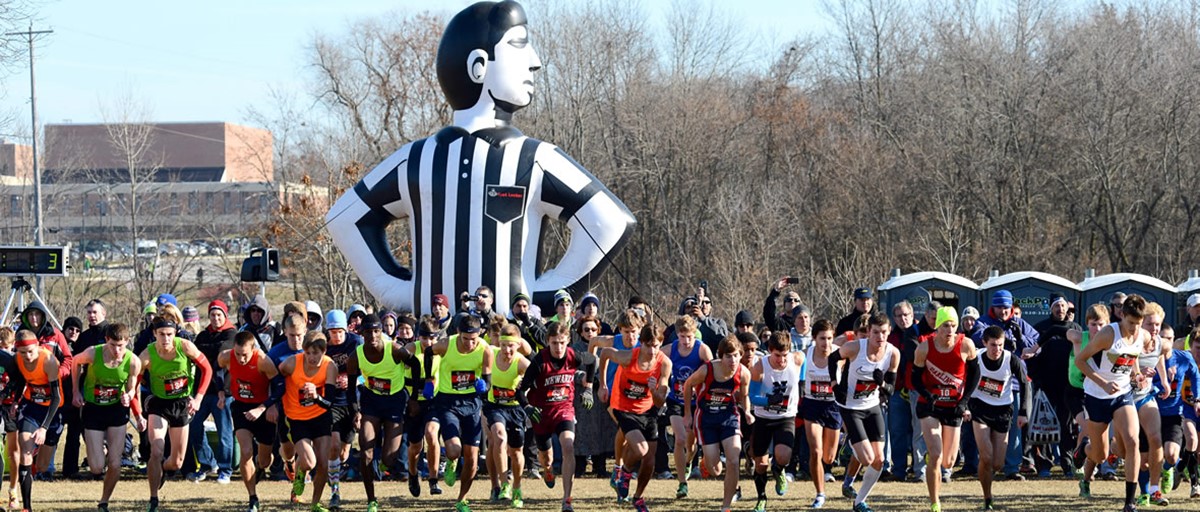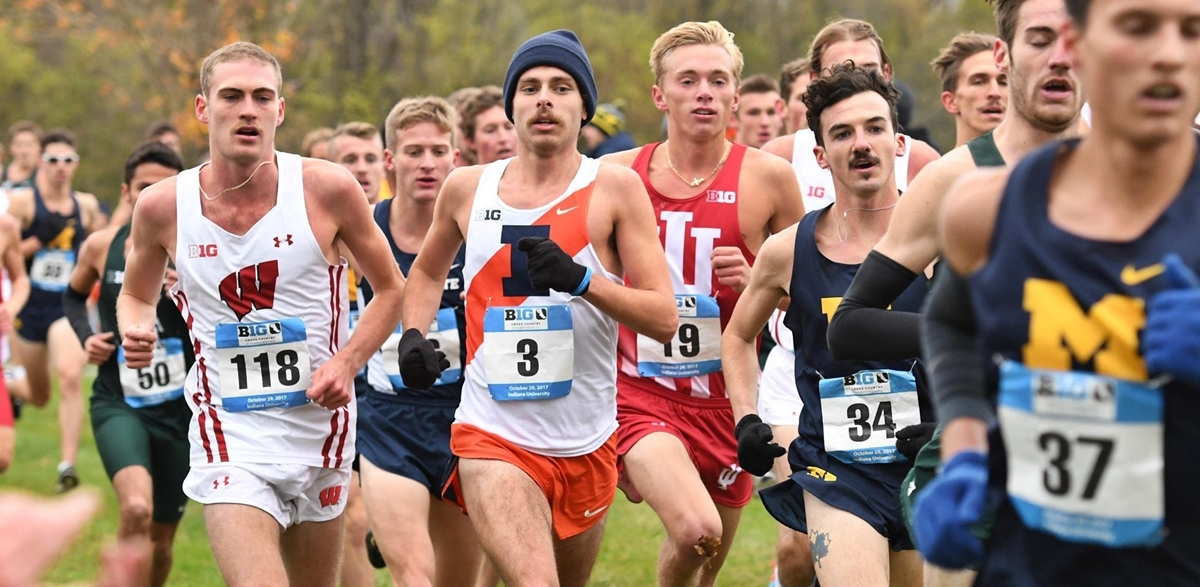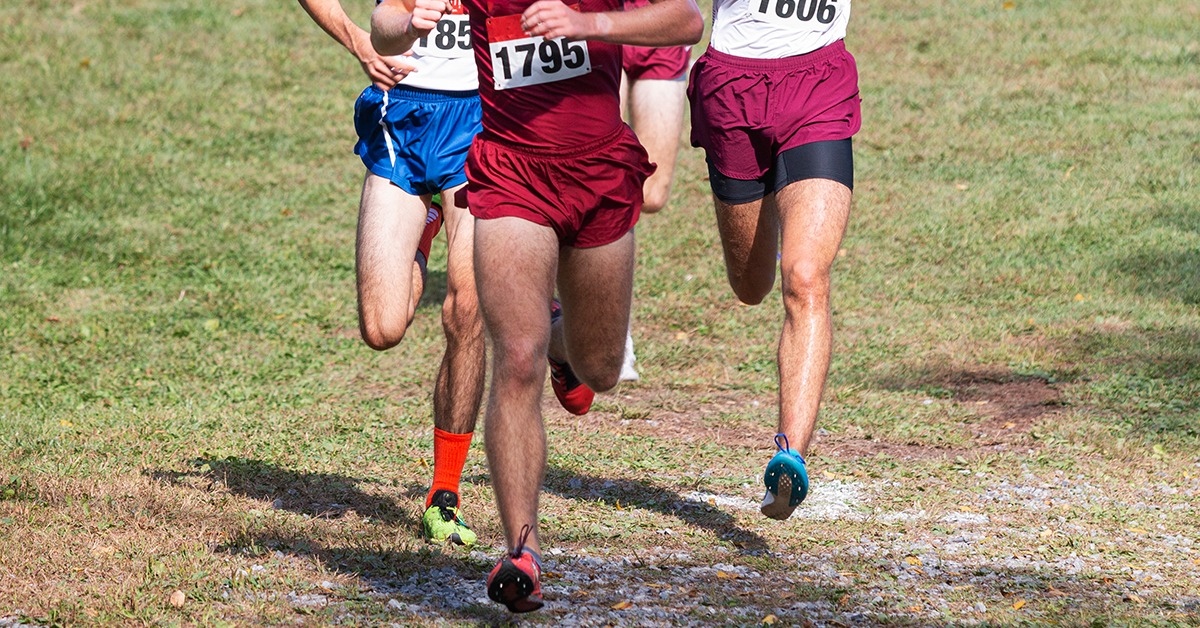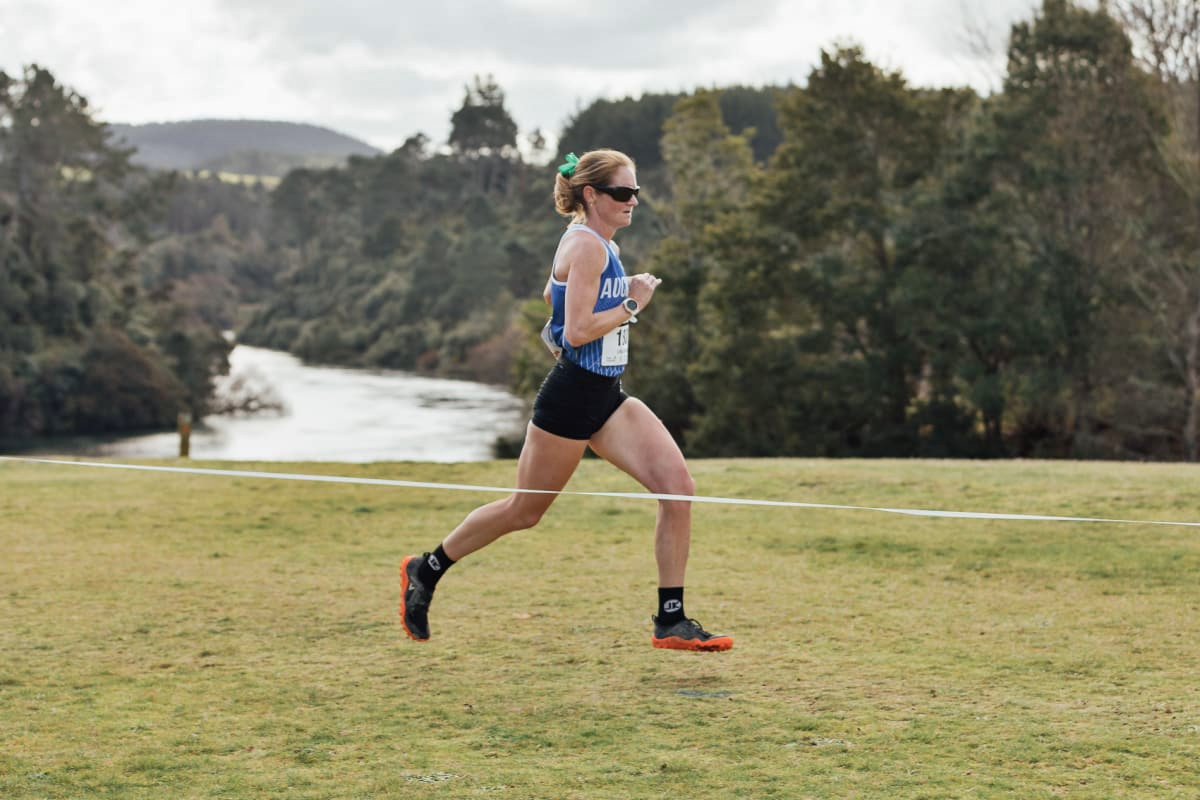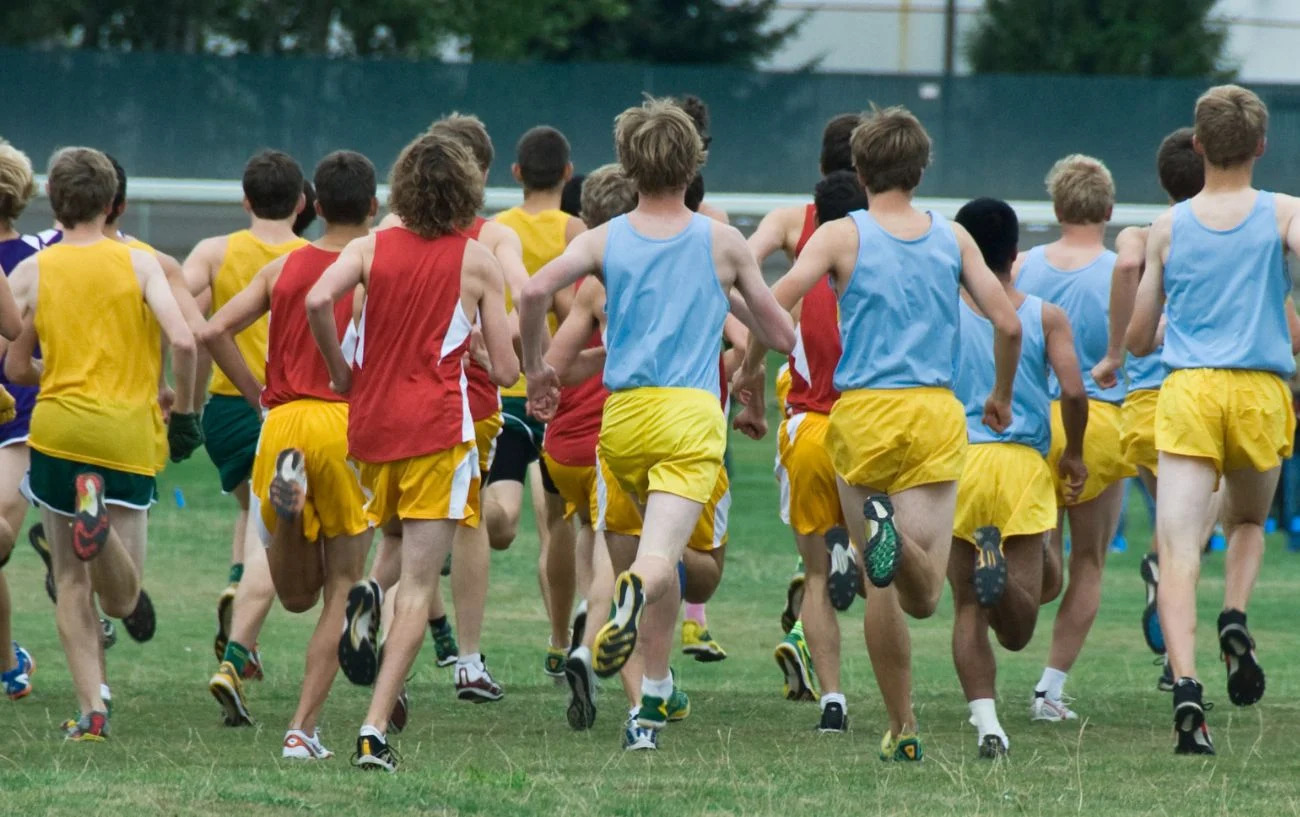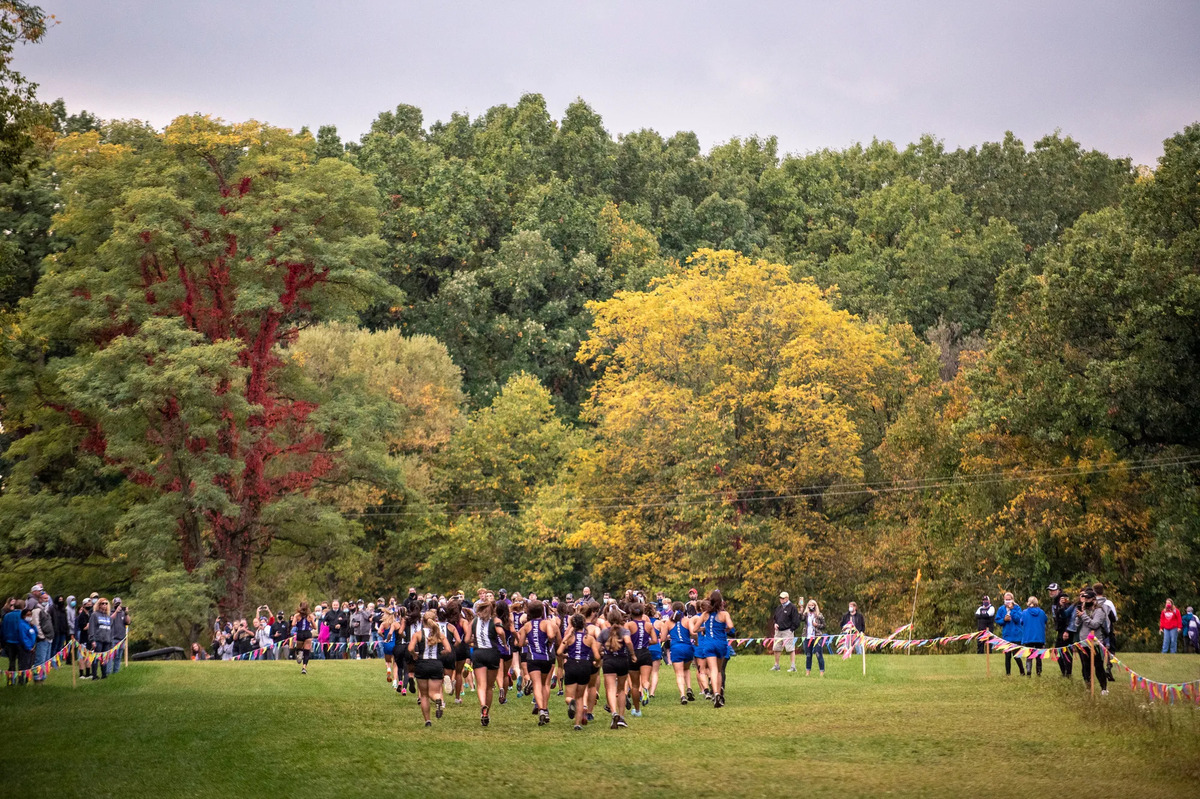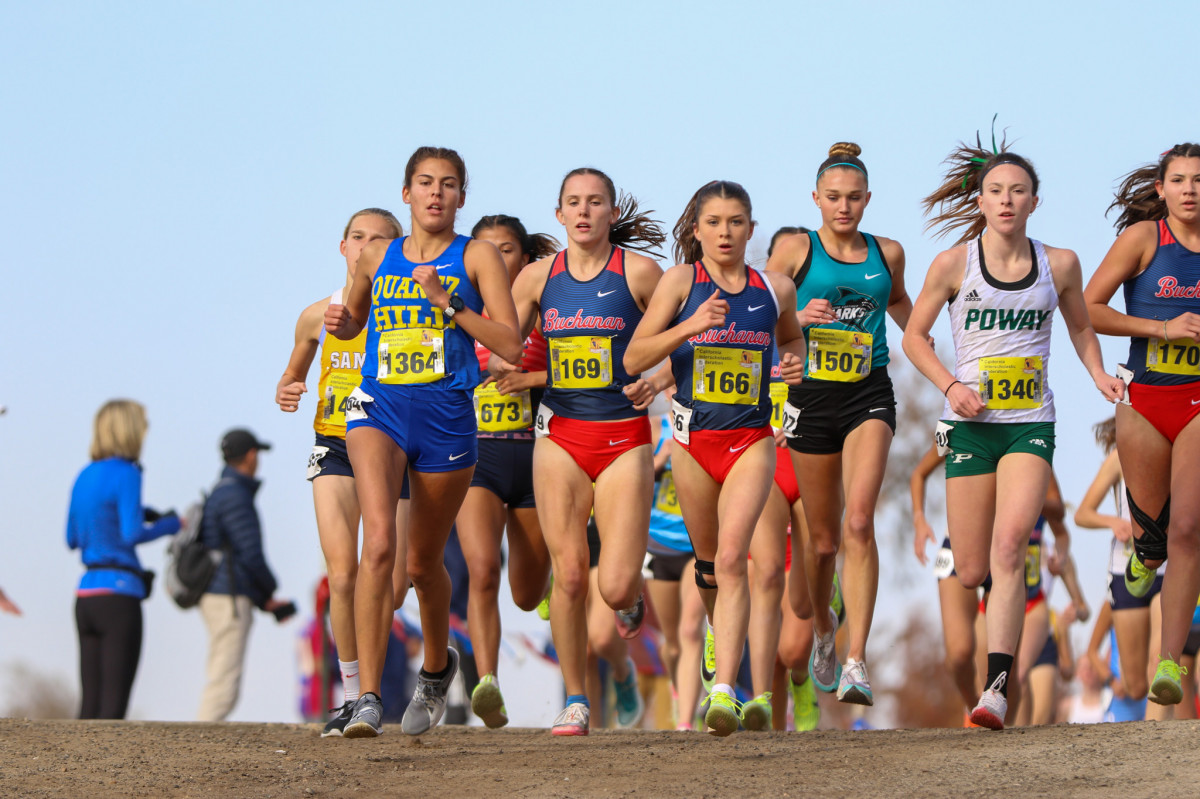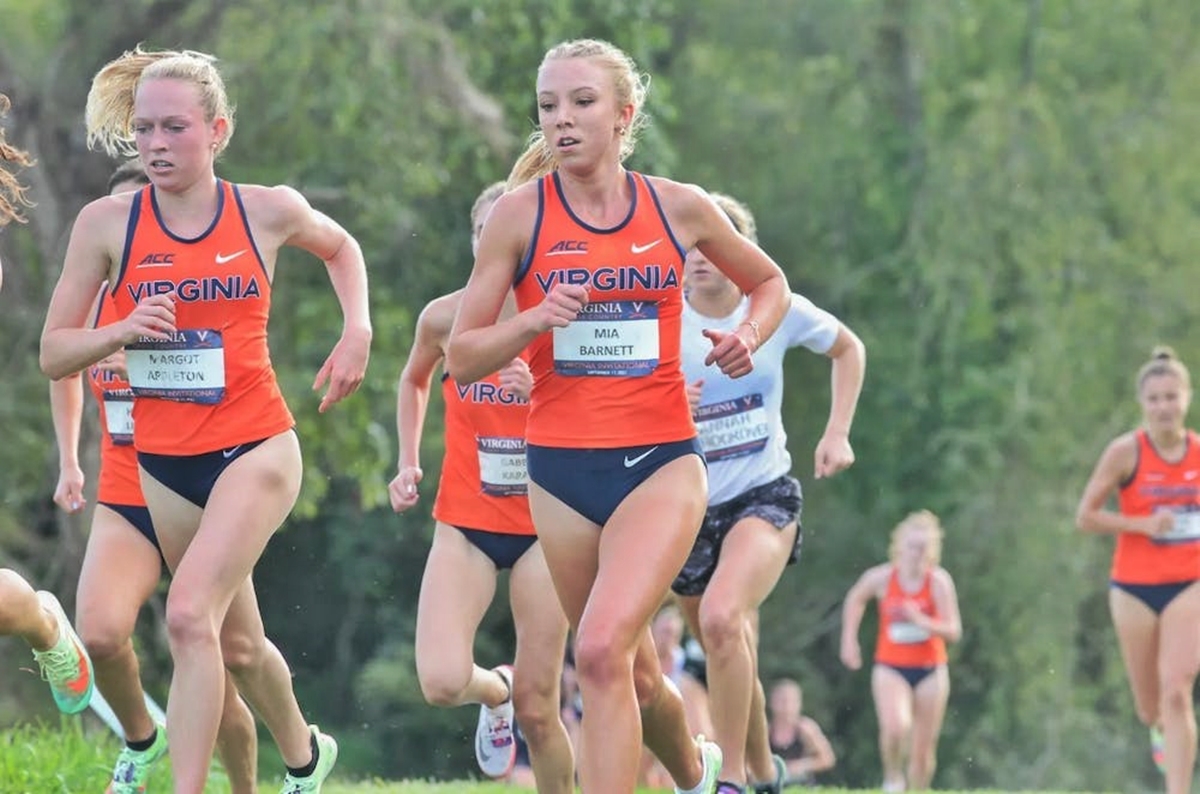Home>Misc>Featured>How Far Do You Run In Cross Country High School
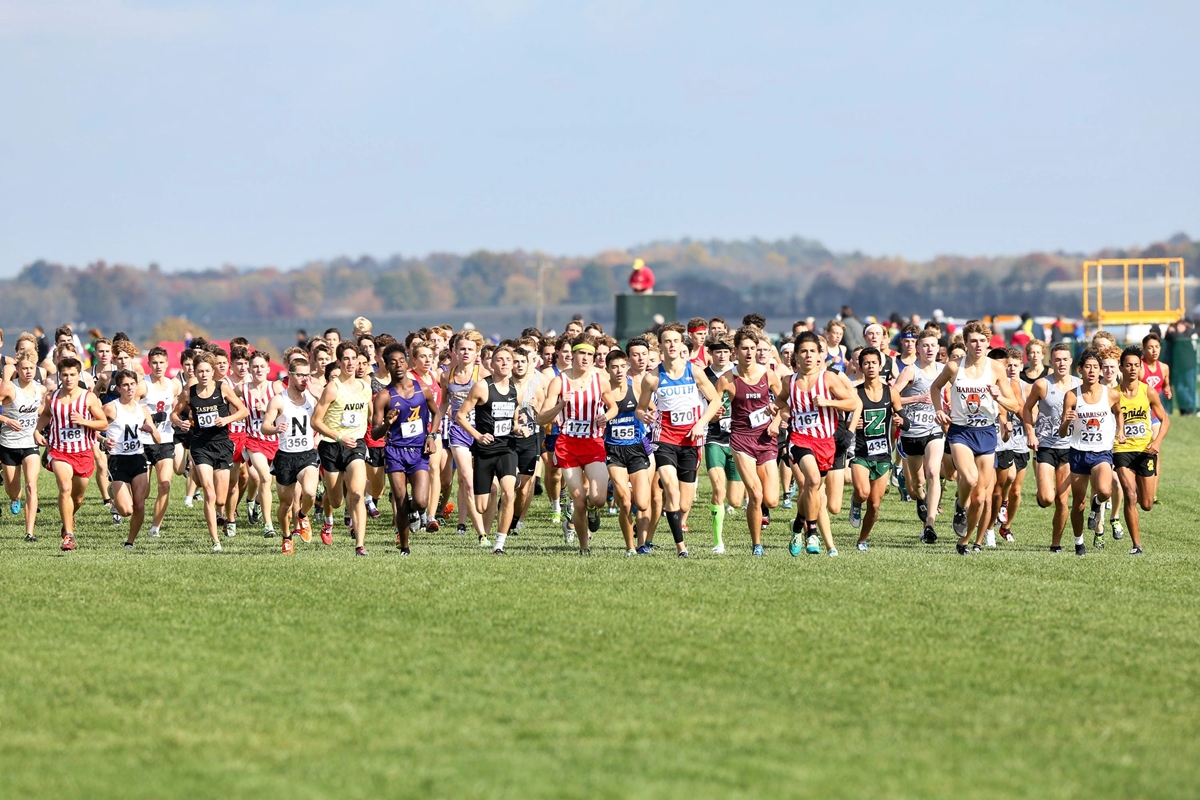

Featured
How Far Do You Run In Cross Country High School
Modified: August 19, 2023
Find out how far high school cross country runners typically run in a featured article. Get insights on distances covered in this popular sport.
Introduction
Cross country running is a popular sport in high schools across the country. It is a challenging and exhilarating experience that tests the endurance, speed, and mental fortitude of athletes. In this article, we will explore the fascinating world of cross country running in high school and delve into the distance covered in these races.
Cross country is a unique sport that takes place in natural settings, typically on grassy fields, trails, or rugged terrains. Unlike track and field events that are held on standard oval tracks, cross country races incorporate various terrains, including hills, mud, and even obstacles. This diversity adds excitement and unpredictability to the races, making them truly thrilling to watch and participate in.
With its origins dating back to the early 19th century, cross country running has evolved into a widely popular competitive sport. It not only promotes physical fitness but also fosters teamwork, discipline, and perseverance. High school athletes who participate in cross country gain valuable life skills and forge lifelong friendships through the shared experiences and challenges they encounter on the racecourse.
In this article, we will take a closer look at the distance covered in cross country races at the high school level. We will explore the factors that determine the length of these races and the variations that can occur from course to course. Additionally, we will discuss strategies for athletes to train and prepare for cross country races, helping them perform at their best.
The Basics of Cross Country High School
Cross country running is a sport that involves individuals or teams of runners competing over long distances on natural terrains. In high school, cross country is typically a fall sport and is governed by specific rules and regulations. Let’s explore some of the basics of cross country in the high school setting.
Teams in cross country are usually composed of both male and female athletes. The number of athletes on a team can vary depending on the school and the level of competition. Each team is led by a coach who guides the athletes in their training and preparation for races.
In cross country, races are typically divided into different categories based on gender and age group. High school races usually involve athletes in the 14-18 age range. Distances for these races can vary depending on the level of competition and the specific course.
Unlike other sports played on standardized fields or courts, cross country races take place on a variety of terrains. Athletes may encounter hills, trails, grass, gravel, or even mud during their race. This adds an element of adventure and unpredictability to the sport.
One of the unique aspects of cross country is the team component. While individuals strive for personal bests and individual success, the overall team performance is also important. Teams earn points based on the finishing positions of their top runners. The team with the lowest overall score wins the race.
Another essential element of cross country is sportsmanship. Athletes are expected to display respect, integrity, and fairness towards their fellow competitors. Encouragement and support are common practices among cross country runners, creating a positive and inclusive atmosphere.
High school cross country seasons typically last a few months, with athletes participating in regular meets and invitational races. These races provide opportunities for athletes to gauge their progress, compete against other schools, and strive for personal improvement.
Overall, cross country is a demanding and rewarding sport that requires athletes to possess endurance, mental resilience, and discipline. It promotes a healthy and active lifestyle and provides a platform for young athletes to showcase their talents and strive for personal and team success.
Factors Affecting the Distance Run in Cross Country
When it comes to cross country running, the distance covered in races can vary depending on several factors. These factors can influence the overall length of the race and create variations among different courses. Let’s explore some of the key factors affecting the distance run in cross country.
1. Course Regulations: The governing bodies of cross country, such as state athletic associations or leagues, often set regulations regarding the maximum distance for different age groups. These regulations ensure a level playing field and appropriate race lengths for high school athletes.
2. Terrain and Topography: The nature of the course, including its terrain and topography, can significantly impact the distance run in cross country races. Courses with steep hills or challenging obstacles may require shorter distances due to the increased physical effort required.
3. Time Constraints: Cross country races are typically held during a specific time frame, such as a morning or afternoon session. To accommodate multiple races within the allotted time, race organizers may adjust the distance to ensure all athletes have the opportunity to compete.
4. Weather Conditions: Weather conditions, such as extreme heat or inclement weather, can also influence the distance of cross country races. In excessively hot conditions, shorter distances may be chosen to prioritize athlete safety and prevent heat-related injuries.
5. School or District Preferences: Some schools or districts may have their own preferences when it comes to cross country distances. These preferences can be influenced by factors such as the availability of suitable course locations or the historical traditions of the school or district.
6. Level of Competition: The distance run in cross country can also vary based on the level of competition. Local meets or invitational races may have different course lengths compared to regional or state championships, where distances are often longer to challenge the top athletes in the region.
It is important to note that while these factors can influence the distance of cross country races, there are general guidelines set by governing bodies to ensure consistency and fairness in the sport. These guidelines help maintain a level playing field and provide athletes with a standard expectation of race distances.
Understanding the factors affecting the distance run in cross country is crucial for athletes, coaches, and race organizers. It allows for appropriate training and preparation and ensures that races are challenging yet achievable for participants.
The Typical Distance Covered in Cross Country High School Races
When it comes to cross country high school races, there is a range of typical distances that athletes can expect to encounter. These distances can vary depending on the age group, level of competition, and regulations set by athletic associations. Let’s explore the typical distances covered in cross country high school races.
For high school athletes, the most commonly run distance in cross country is 5 kilometers (3.1 miles). This distance is often used for both boys and girls races at the varsity level. The 5k distance provides a challenging and competitive race that requires endurance, speed, and strategic pacing.
At the junior varsity or freshman level, the distance may be reduced to 4 kilometers (2.5 miles) to accommodate younger or less experienced runners. This allows athletes to gradually build up their endurance and race at a distance that is more suitable for their current level of development.
It’s worth noting that these distances are not set in stone and can vary slightly from race to race. Factors such as course availability, topography, and meet scheduling can influence the specific distance chosen for a particular race.
In addition to individual races, there are also team relay events in cross country, where a group of runners competes collectively to cover a designated distance. These relay races can range from shorter distances, such as 2 miles, to longer distances, like 10 kilometers or more, depending on the specific event and the guidelines set by race organizers.
When participating in cross country high school races, it is essential for athletes to familiarize themselves with the distances they will be running. They can then incorporate appropriate training strategies to build endurance, improve speed, and optimize their performance for the specific race distance.
Coaches play a vital role in preparing athletes for the typical distances covered in cross country high school races. They develop training plans that gradually increase mileage, incorporate speed workouts, and focus on building mental resilience to tackle the challenges of the race distance.
Ultimately, the typical distances covered in cross country high school races provide athletes with an opportunity to push their limits, showcase their skills, and contribute to the overall success of their team. By embracing the challenges of these distances and training diligently, athletes can achieve their personal bests and create lasting memories on the cross country course.
Variations in Distance in Different Cross Country Courses
One of the fascinating aspects of cross country running is the variation in distance among different courses. Unlike other sports that have fixed field sizes or court dimensions, cross country courses can differ significantly in length and terrain. Let’s explore the reasons behind these variations in distance in different cross country courses.
1. Geographical Layout: The geography of the course plays a significant role in determining the distance for a cross country race. Courses situated in hilly or mountainous regions may have shorter distances due to the increased physical demands of the terrain. In contrast, courses in flatter areas may feature longer distances to provide a different challenge to the runners.
2. Available Space: The available space for setting up a cross country course can also influence the distance. Some venues may have limited land area, requiring organizers to design a shorter course to fit within the available space. On the other hand, venues with vast tracts of land may enable longer courses to be designed.
3. Course Difficulty: Cross country courses can have varying levels of difficulty based on factors such as hills, obstacles, or uneven terrain. Courses with more challenging features may have shorter distances to ensure that the race remains physically demanding and competitive for the athletes.
4. Course Safety: The safety of the runners is of paramount importance in cross country races. Course organizers consider factors such as visibility, potential hazards, and accessibility for medical staff when determining the distance. In some cases, shorter distances may be chosen to reduce the risks associated with more extended courses.
5. Course Certification: In certain cases, cross country courses need to be certified by governing bodies, such as state athletic associations or cross country organizations. These organizations establish guidelines for course certification, including minimum and maximum distances. Courses that comply with these guidelines offer standardized race distances for athletes.
6. Cross Country Traditions: Some cross country courses have a storied history and are known for their specific distances. These established traditions may influence course design and dictate the distance for races held at those venues. Many runners value the opportunity to compete on these iconic courses with their unique distance characteristics.
It’s important for cross country athletes to be prepared for variations in distance in different courses. This means adapting training strategies to accommodate different course lengths, terrains, and elevations. Runners must develop the ability to adjust their pacing, conserve energy, and maintain mental focus in order to perform well in races of varying distances.
Ultimately, the variations in distance among different cross country courses add excitement and diversity to the sport. They present challenges and opportunities for athletes to test their skills in a variety of settings, showcase their adaptability, and strive for personal and team success.
Strategies for Training and Preparing for Cross Country Races
Training and preparation are essential components of success in cross country races. To perform at their best, athletes must develop a comprehensive training plan that focuses on building endurance, speed, and mental resilience. Let’s explore some strategies that can help athletes prepare for cross country races.
1. Build a Solid Base: Cross country running requires a strong aerobic foundation. Start your training by building a solid base of mileage. Gradually increase your weekly mileage, allowing your body to adapt and become more efficient in utilizing oxygen. This will enhance your overall endurance and stamina on race day.
2. Incorporate Speed Workouts: In addition to endurance training, include regular speed workouts in your training plan. Interval training, tempo runs, and hill repeats are effective ways to improve your speed, leg turnover, and anaerobic capacity. These workouts help prepare your body for the demands of the race and enable you to handle changes in pace and terrain.
3. Practice Race-Specific Training: Mimicking race conditions in your training sessions can be highly beneficial. Incorporate workouts that mirror the demands of the cross country course you will be racing on. Train on similar terrain, practice running on hills, and simulate race distances to sharpen your skills and familiarize yourself with the challenges ahead.
4. Strengthen Your Core: A strong core is vital in maintaining proper form and technique during the race. Incorporate exercises that target your abdominal, back, and hip muscles into your training routine. Planks, Russian twists, and hip bridges are great exercises to strengthen your core and improve your stability and posture while running.
5. Implement Rest and Recovery: Rest and recovery are crucial aspects of any training plan. Allow your body ample time to recover between hard workouts to prevent overuse injuries and burnout. Incorporate easy days and rest days into your training schedule. Additionally, prioritize sleep, proper nutrition, and hydration to optimize your recovery and overall performance.
6. Mental Preparation: Cross country races can be mentally challenging. Develop strategies to stay focused and motivated during the race. Visualization techniques, positive self-talk, and setting short-term goals can help you maintain a strong mental mindset throughout the race. Practicing mental toughness during training will prepare you to push through fatigue and overcome obstacles on race day.
7. Race Strategy: Have a well-thought-out race strategy based on the course and your capabilities. Be mindful of energy conservation in the early stages of the race and strategically move up positions as the race progresses. Familiarize yourself with the course map and plan your pacing accordingly to avoid going out too fast or burning out too soon.
Remember, every athlete is unique, and it’s important to tailor your training and preparation to your individual needs and goals. Be consistent, listen to your body, and make adjustments as necessary. By implementing these strategies, you will be well-prepared physically and mentally to tackle the challenges of cross country races.
Conclusion
Cross country high school races offer athletes a unique and exhilarating experience that combines physical endurance, mental fortitude, and strategic race tactics. From understanding the basics of cross country to exploring the factors that affect the distance run, athletes gain valuable insights into the sport. They learn to adapt to varying course lengths and terrains while developing strategies for training and preparing for races.
With typical distances ranging from 5 kilometers to 4 kilometers, cross country high school races challenge athletes to push their limits and showcase their skills. The variations in distance among different courses add excitement and diversity to the sport, requiring runners to adapt their training and racing strategies accordingly.
To excel in cross country races, athletes must prioritize building a solid aerobic base, incorporating speed workouts, and focusing on core strength. Additionally, proper rest, recovery, and mental preparation play key roles in achieving success on race day. By implementing these strategies, athletes can optimize their performance and achieve their personal goals.
Cross country running not only promotes physical fitness and endurance but also cultivates important life skills such as teamwork, discipline, and perseverance. Athletes forge lasting friendships and create cherished memories through their shared experiences on the cross country course.
Whether it’s the challenge of tackling challenging terrains, the thrill of racing against competitors, or the joy of achieving personal milestones, cross country high school races offer a unique and rewarding experience for athletes. By embracing the rich traditions and training diligently, athletes can truly make their mark in the world of cross country running.
